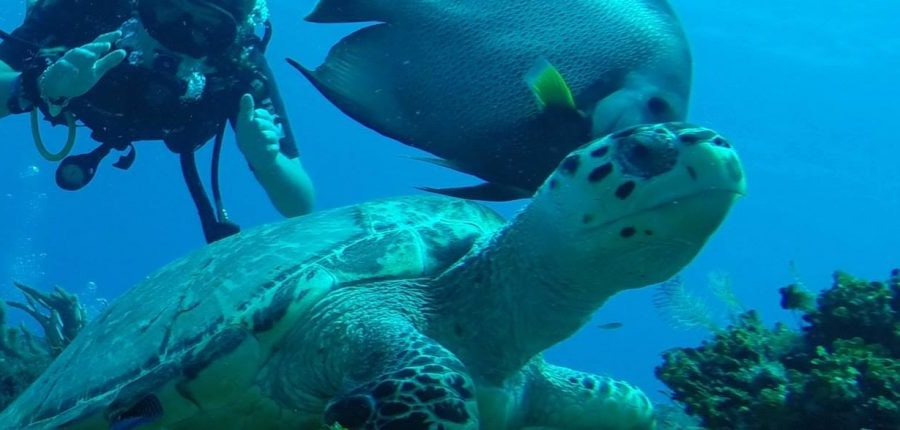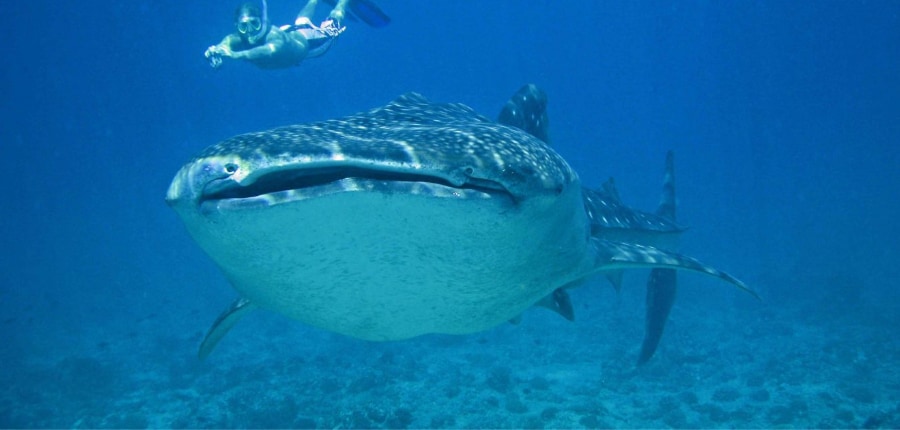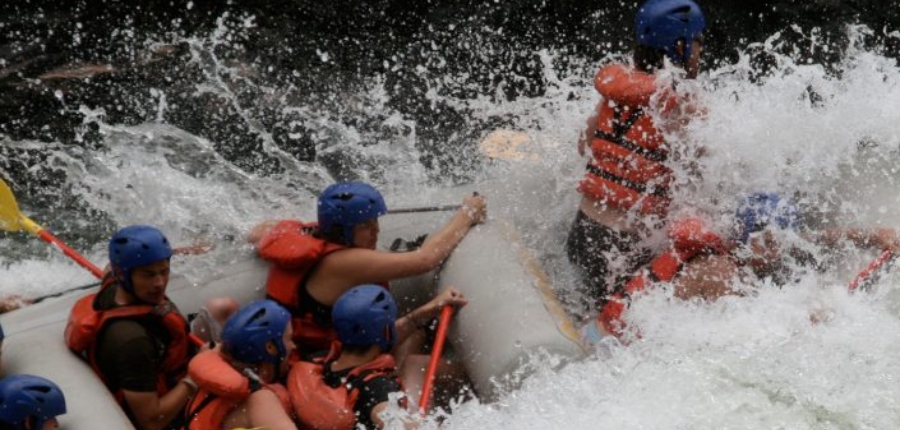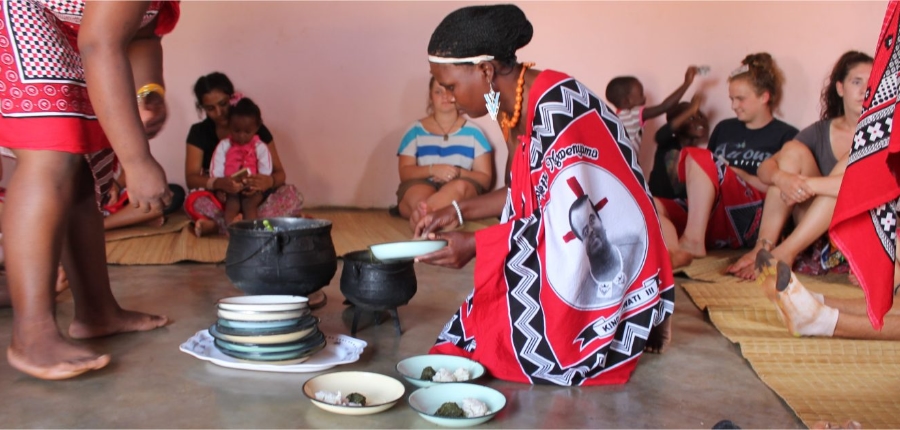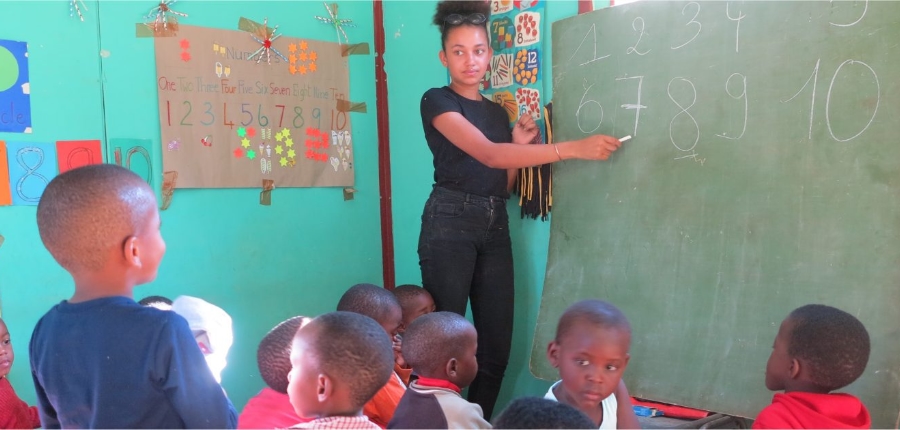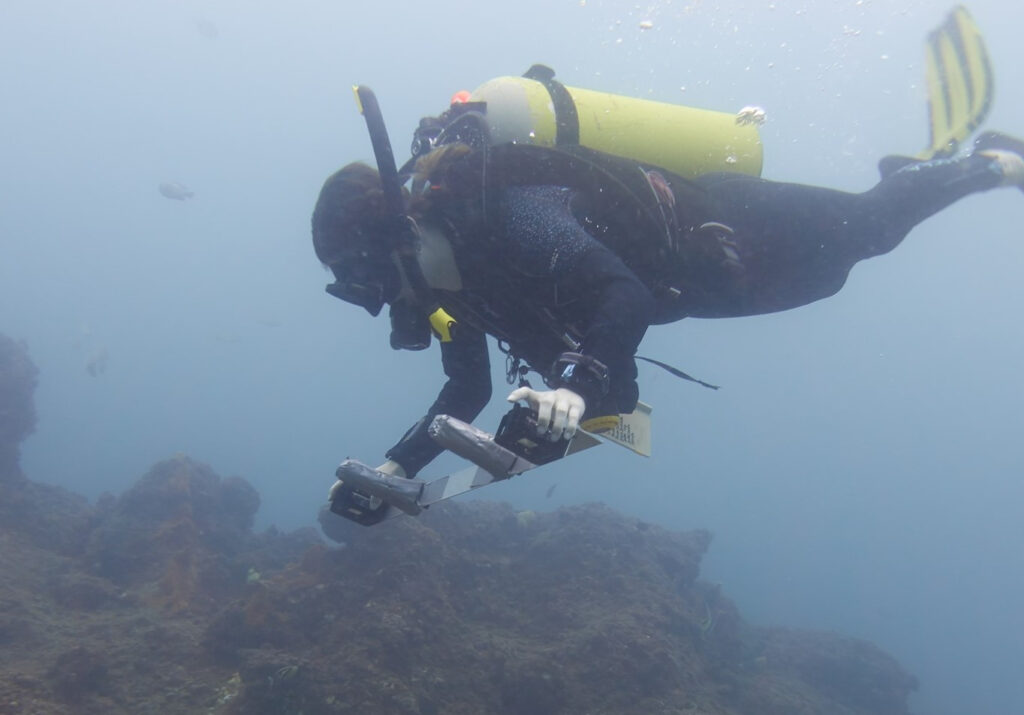Stingrays have had a bad reputation; Steve Irwin’s fateful interaction and the menacing barb on their tail does not comply with their docile, relatively quiet existence. It is actually the last resort for a stingray to use its barb, they would much prefer to take flight than fight.
Stingrays (in their current form) have been flapping around in the oceans for 150 million years. They are a close cousin to sharks, as they also have a skeleton made of cartilage instead of solid bone. You can see this close relationship with some species which have co-evolved with the stingray and shark families, such as the Guitarfish family, which looks like a shark’s tail has been stuck to a stingray’s head.
Stingrays are a valuable part of the marine ecosystem. They provide a link between apex predators, like the requiem sharks, and lower trophic levels, such as the crabs and shrimp they munch on just under the sand. Unfortunately, they face a threat operating at an unfathomable scale. Stingrays like to hang out on the sea floor, which is where some fishing methods, like trawling and gill nets, will entangle and drag them up by mistake.
The lack of baseline data for stingrays globally means it is impossible for effective conservation measures to be put in place. Some stingrays are more common than others, but herein lies the challenge for all marine researchers – how do we research things we rarely see? I can tell you it takes time, perseverance and patience. In Tofo, we see stingrays on approximately 1/3rd of dives, and every dive is recorded in the hope that the secrets of stingrays may start to be unlocked.
Small eye stingray on Sherwood Forest diving reef. Photo credit: Arco de Man.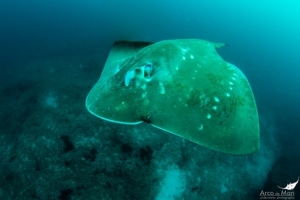
Bluespotted stingray on Clownfish diving reef. Photo credit: Jenny Keeping.
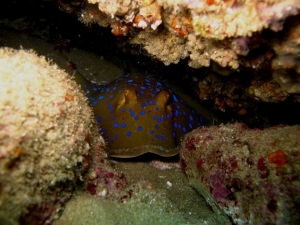
Written by Jenny keeping
Click here if you would like to know more about our Marine Research Project

